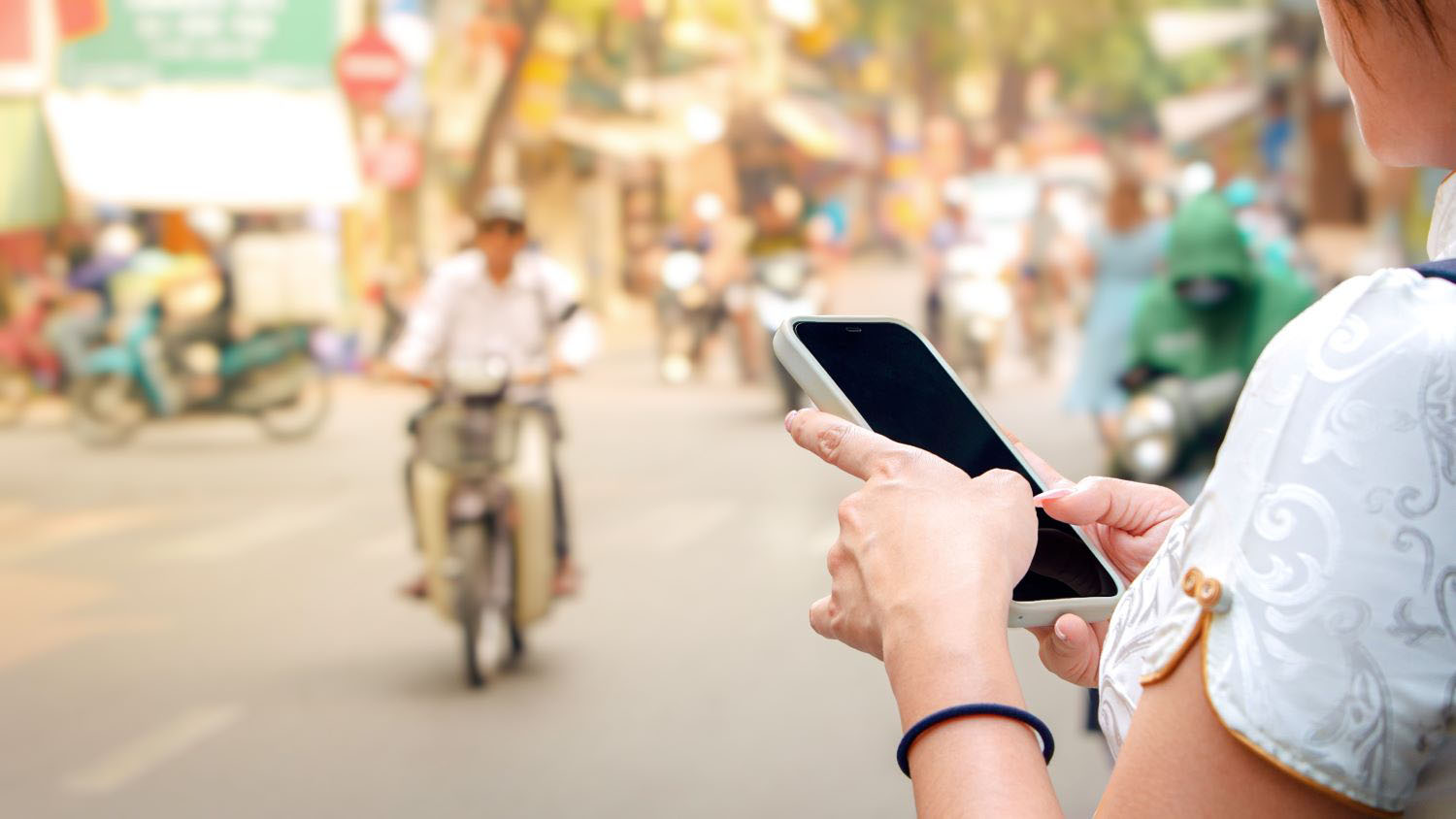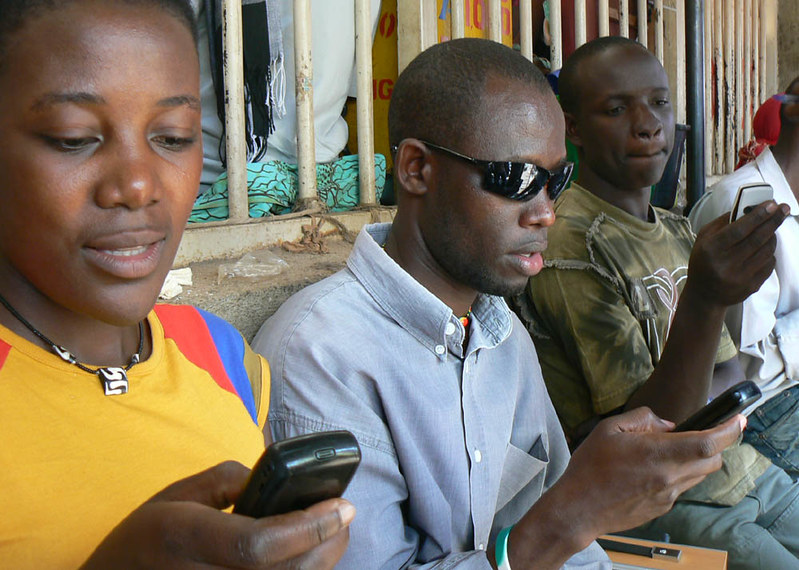In the wake of the Haitian earthquake, major wireless carriers used text messages to speed up and simplify donation processes, allowing thousands of people to send financial support via their mobile phones. Within two days, USD$2 million was raised for Haitian relief efforts. Will mobile phones serve as a new paradigm for providing aid in developing countries?The use of mobile phones in Haitian relief is part of the broader “mobile money” (m-money) movement in the US and Europe, allowing people to pay by bumping two phones together, sending money by text messaging (SMS) or by swiping a credit card on a mobile device. The trend is not confined to rich countries: m-money systems began appearing in developing countries five years ago, and are now used in countries as diverse as Afghanistan, Kenya, Ghana, the Philippines and Brazil. Such systems facilitate a variety of financial transactions: transmitting airtime, paying bills and transferring money, including the most popular service, person-to-person (PTP) money transfers.The M-PESA system in Kenya provides a good example. Registered customers can “deposit” hard currency with any local agent (usually a third party, in many cases a trader or shopkeeper) in exchange for e-money, which is uploaded into the customer’s account. For a fee, the customer can then transfer this money to another registered customer’s account via SMS. Once the recipient receives the SMS confirmation, the hard currency can then be withdrawn from the nearest agent, completing the transfer. This enables those without access to banks, postal services or Western Union to access limited financial services. (Although as I argue in a recent article with Isaac Mbiti in the Boston Review, this doesn’t necessarily translate into “banking the unbanked”, as some claim).New efforts are underway to use these systems for disbursing unconditional and conditional cash transfers in developing countries. Rather than transport large sums of cash to villages, schools and health clinics to distribute to individual beneficiaries, the NGO, donor or government would transfer the sum via mobile phones. The process has been used in Kenya after the post-election violence, is being implemented by Concern Worldwide in response to the food crisis in Niger (where I am working on an impact evaluation of the project), and has been proposed by some NGOs as part of reconstruction efforts in Haiti.Using mobile phones for cash transfers can offer substantial benefits, including avoiding the risk associated with transporting large sums of cash (especially important in remote or dangerous areas) and the flexibility to space transfers over time, thereby perhaps reducing inflationary pressure on local markets resulting from a sudden surge in demand (a particular concern in thin markets). Recipients can keep their transfers secret, allowing greater control over how the money is spent. And, as has been observed in Kenya, phones have been used as a rudimentary savings device (although whether this is safer than cash is debatable).But m-money cash transfers are now without risks. As agencies, donors and governments consider this approach, I suggest that they keep the following caveats in mind:
- You don’t need trucks – but you do need mobile phones. With m-money systems, the implementing agency no longer needs a truck, an armed escort and thousands of dollars in cash under lock and key. But mobile phones are crucial! In Niger, Concern is targeting some of the poorest households in the Tahoua region. These households lack mobile phones, so Concern needs to provide them. This is an additional expense and logistical effort for Concern (but with potential additional benefits for the beneficiary).
- Agents are the key. Once a beneficiary receives the e-money, she can only receive “hard” cash via an agent. This means that agents need to operate in the targeted areas, be sufficiently close to the distribution centers and have sufficient cash reserves to pay out the beneficiaries. If these conditions don’t exist, beneficiaries won’t get their money. Since recruiting and training agents is usually done by the m-money service provider (usually a mobile phone company, a bank or some combination of these), the NGO or implementing agency must work with the m-money provider to ensure that the above conditions are met before the program launches. For programs to be sustainable, agents need sufficient incentives – adequate commissions – to keep providing cash.
- Risk still exists – it’s just transferred to the beneficiary. With cash distribution programs, the risk in transporting the cash to the end point is usually borne by the implementing agency. With m-money transfers, this risk can now be transferred to the cash recipient. How? Imagine that you are a cash beneficiary living in Niger, and you receive notification on your mobile phone that you received 10.000 CFA (about USD $20) on your mobile phone. In order to get the cash, you need to find an agent. If an agent isn’t located in your village, then you need to travel to the closest market to find an agent and get your cash. Depending upon how far the market is, your mobility and your social status (man or woman), this might or might not be feasible. The risk that was previously borne by the agency is now transferred to you. It’s only fair that the implementing agency should identify and take actions to reduce such risk in advance.
- And risk might be higher for beneficiaries unable to read and write. Most m-money systems require a series of codes, PIN numbers and SMS. If these are not adapted for illiterate populations, then this means that the beneficiary is dependent upon a third party – a family member, a neighbor, the agent – to understand whether money was sent, how much and to whom. This risk can be reduced if the agency conducts a training on how to use the phone and the m-money system, as Concern is doing in Niger. Such training can encourage illiterate people to start using a new technology, and perhaps serve as a gateway to using mobile phones for other purposes – such as learning how to read and write (as is the case with Catholic Relief Services’ mobile phone literacy project, Project ABC). But it does require a greater investment by the agency, and it can be a challenge for beneficiaries to reach proficiency in a short time.
- And fraud is still a problem. It isn’t clear whether fraud is more or less likely with m-money. With cash distributions, agencies usually verify identification to ensure that the actual beneficiary is the person receiving the cash. The same is true with mobile phones – the person’s identity can and should be verified before handing over the cash. The difference, though, is the person verifying the identity. In the former, it is usually the agency or its employee, whereas in the latter case, it is the m-money agent. In this case, then, some type of agreement needs to be worked out with the agents to only honor valid IDs.
Disclaimer
CGD blog posts reflect the views of the authors, drawing on prior research and experience in their areas of expertise. CGD is a nonpartisan, independent organization and does not take institutional positions.





